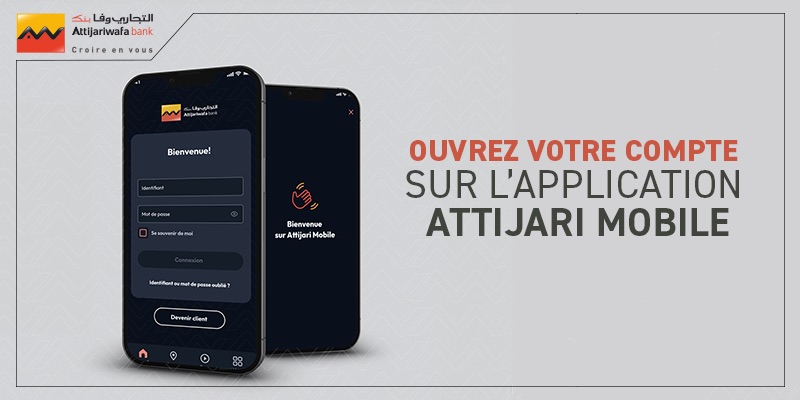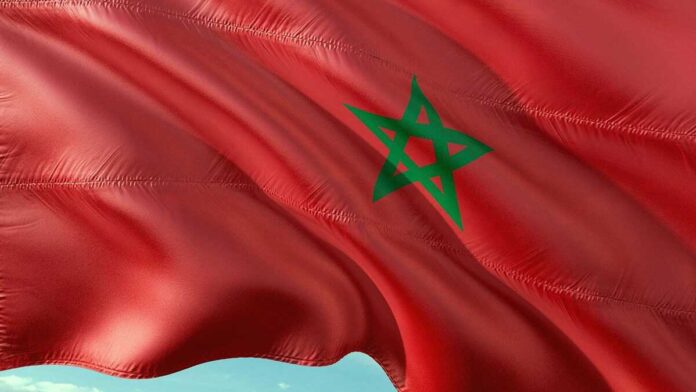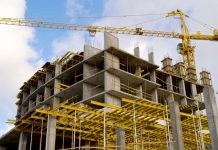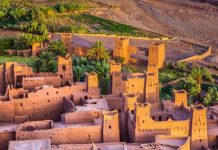Two contrasting visions of local development are emerging in Morocco, illustrated by the recently approved budgets of the Agadir City Council and the Oriental Regional Council. While both governments are projecting comfortable surpluses for the 2026 fiscal year, the structure of their finances and the rationale behind their investment strategies highlight distinct priorities and governing philosophies.
In Agadir, the focus is firmly on reinforcing a financial independence that the city has already begun to achieve. The municipal budget forecasts revenues of 791 million dirhams against 541 million in expenses, resulting in a projected surplus of 250 million. But this isn’t just about staying in the black—it’s the product of a carefully managed financial trajectory built on a steady rise in local income. Over the past two years, Agadir’s own-source revenues have surged from 514 to 827 million dirhams. This sharp growth has pushed its self-financing capacity to 90 percent, far above the national average.
Thanks to this performance, Agadir can fund its development agenda without relying on outside aid, giving the city full control over where and how it invests. That control is being used to focus resources on targeted projects—primarily neighborhood-level infrastructure, public spaces, and essential social facilities. The city is prioritizing financial sustainability and administrative modernization, anchoring its strategy in long-term impact rather than short-term visibility.
The Oriental region, on the other hand, is working with a much larger projected surplus—over 543 million dirhams out of a total budget of 773 million. This sizable margin, however, stems from a different budgetary structure. With operational costs held to just 229 million dirhams, the region has intentionally carved out a broad space for capital spending. But unlike Agadir, Oriental’s investment capacity depends heavily on partnerships and co-financing agreements, some of which involve the region contributing only a small share. This is evident in the dozens of joint funding agreements that were adopted.
The regional council approved a sweeping agenda of projects that cover a wide range of social and geographic needs: from shelters and university housing to local markets, roadways, social housing, youth facilities, rural electrification, healthcare improvements, and assistance for vulnerable populations. The overarching goal is to close internal development gaps and improve quality of life across a vast, sparsely populated borderland.
The packed agenda—over 80 items in a single session—reflects not only an ambitious strategy but also a governance model built on inter-institutional coordination. The region positions itself as a driver of major initiatives, bringing together diverse stakeholders around shared economic, social, and environmental goals.
Where Agadir is doubling down on budget efficiency and financial autonomy within a dense urban framework, the Oriental region is betting on the leverage of public partnerships to tackle a more complex territorial puzzle. Each model reflects the realities and constraints of its setting. Agadir’s approach is rooted in consolidating local resources in a tightly knit urban environment. Oriental, by contrast, is navigating the challenges of fragmentation, widespread social need, and the slower, more uneven progress of regional development.





